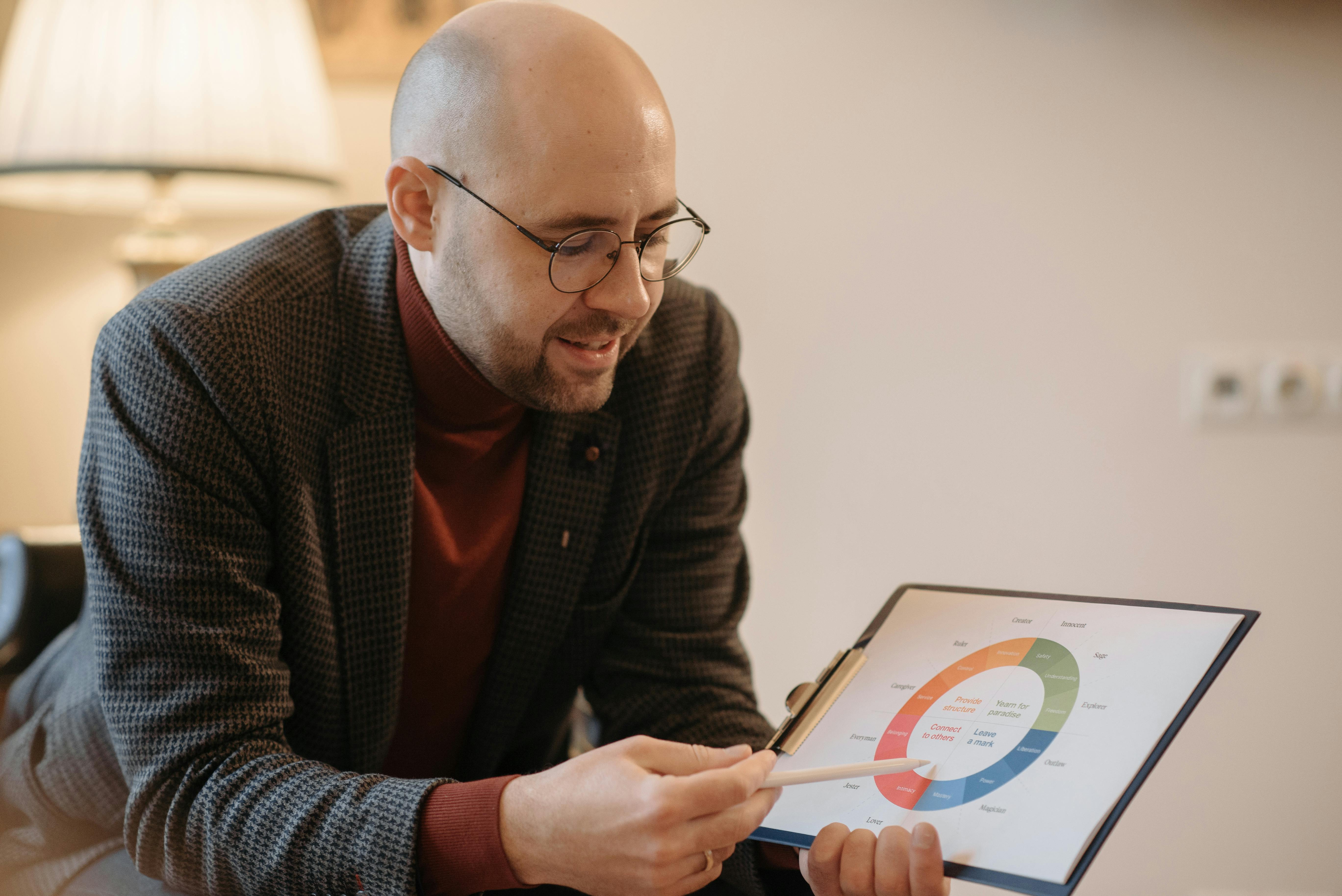I have been a speech-language pathologist for 25 years. When I am doing speech therapy with children as young as three to correct the wrong sounds in their speech, I am very aware that because they are not readers yet, they do not have the same understanding of sounds and letters that children already have. older children. . Some preschoolers are letter aware and may know the alphabet song. However, the connection between a letter and a sound is usually not something children learn until they attend pre-K or kindergarten. This is much later than the connection should be made. Letters and sounds are different concepts and it is just as important to teach the connection between the two as it is to teach the letters themselves. I teach the name of the letter along with the written letter and then I teach the sound the letter makes. All of these are taught at the same time to give children a full understanding of the connections and give them a good background knowledge to help them learn reading skills more easily.
Parents will usually teach their children the classic alphabet song sung to Twinkle’s tune, Twinkle Little Star. A song is a great way for people of any age to memorize information. It is also important to match what the children sing with a picture of the letters as they sing them. If there is no concrete connection between the words that are sung and heard and the words that are written and seen, then children are just learning a random song. Learning the label of a picture or an object is how these preschoolers have already learned the vocabulary they know. Parents have provided labels to things in the child’s environment. All children should have an alphabet poster or chart of some sort that must be displayed when the ABC song is sung. They should be taught to play each letter as they sing it. This will avoid that single “LMNOP” group that they clearly think is a letter.
The next step for children to learn is that each letter makes a sound. This phrase will help them learn that there is a difference between a letter and the sound it makes. The same chart can be used to teach children that each letter makes a sound. I like to use a song that I heard in a pre-K classroom with all my children in speech therapy. I take the sound they’re pointing to and put it in the song. The song is set to the tune of “hot cross buns” and would go like this: “D says duh, D says duh, each letter makes a sound and D says duh.” This can be used with all sounds. I use the short vowel sounds when I sing the vowels. When the vowels are long they say the name of their own letter. Children will learn the rules for when a vowel says its own name when they learn the rules for reading at school. Short vowels are found more often, so I think it makes sense to expose children to this. When singing vowels, use short sounds “a” (as), “e” (bed), “i” (in) , “o” (on), “u” (up). These tend to be more difficult for children to learn to read and write, and any initial impulse is helpful. The pre-K classroom chooses a letter each week as a goal and then does activities throughout the week with that sound. Artistic activities, looking for things that start with that sound, etc. I suggest that parents do the same. As the weeks progress, increase the sound length of the song and mix up the lyrics so they are not just learned in order. This work on matching sounds and letters will give your child a huge leap in early reading skills. We tend to forget that just because a child can sing the alphabet song doesn’t mean they know the letters. He simply knows a song if the written letter and the sound of the letter are not taught at the same time.



